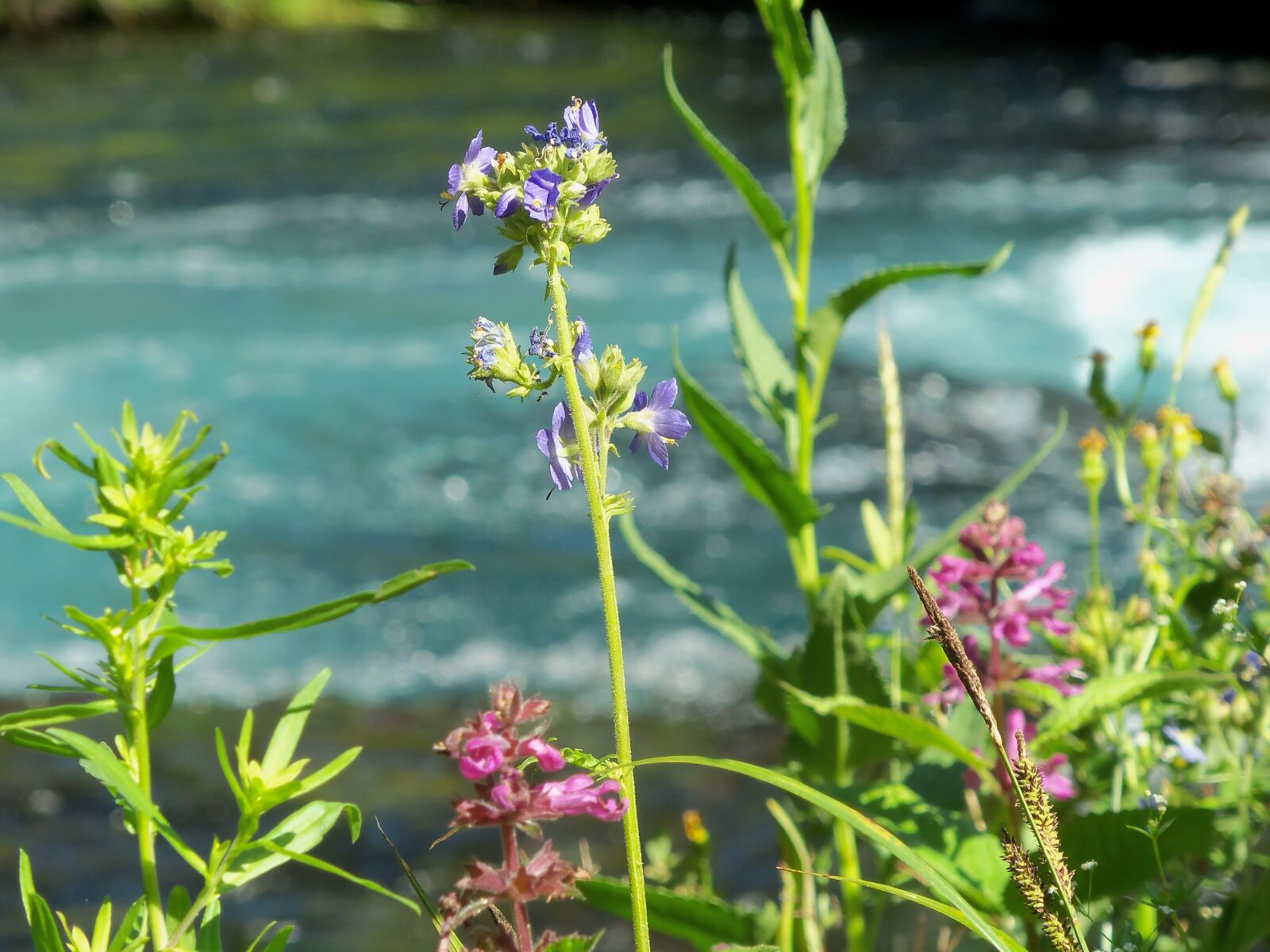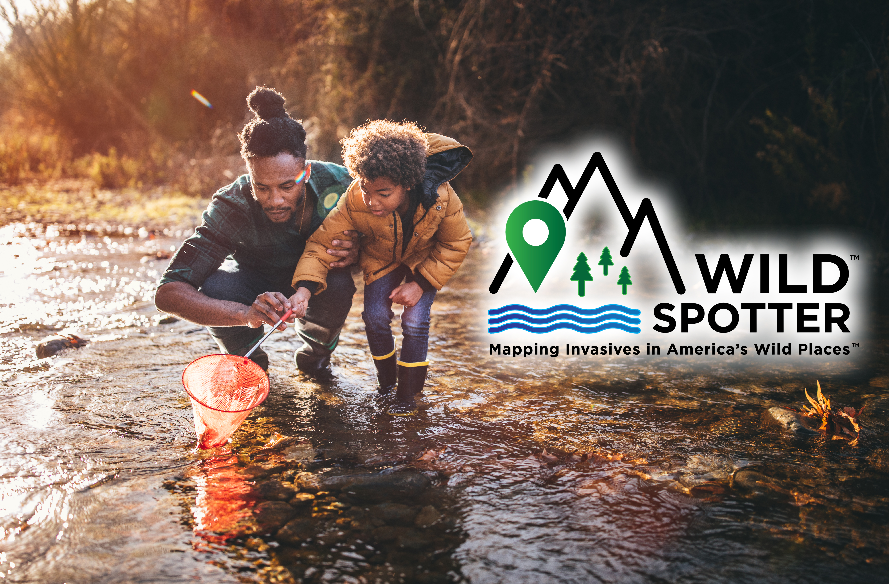WHAT EXACTLY IS CITIZEN SCIENCE?
Citizen science is the process in which the public collects data in collaboration with professional scientists.
Why is citizen science important?
It boils down to strength in numbers. Producing and collecting sound data requires a lot of observation. By crowdsourcing observations using the general public, thousands of repeated data points are collected and can lead to scientific breakthroughs as well as a greater understanding about the natural world around us.
In the past, the largest barrier for scientists was collecting and organizing vast amounts of data. Using today’s technology such as smartphones, this process is much easier. As a result, citizen scientist initiatives have multiplied. Today, volunteers can easily become citizen scientists and contribute data for countless research projects.

How can I become a citizen scientist?
Oftentimes, you can integrate citizen science into activities you already enjoy doing! For example, if you enjoy hiking or spending time in our National Forests and Grasslands, you can easily map invasive species threatening these special places.
The Wild Spotter smartphone app gives the general public everything needed to map observations while enjoying the trail. It’s quick and easy – plus your effort will go a long way in preventing the spread of deadly invasive species. The data you collect in the app and on the trail will contribute to a greater effort protect the biodiversity of ecosystems across the United States.

It’s unlikely that you will walk every mile of trail on our National Forests, but together we will cover every inch. Collectively, as Wild Spotters, we will use citizen science to steward our public lands and protect our National Forests for future generations.

